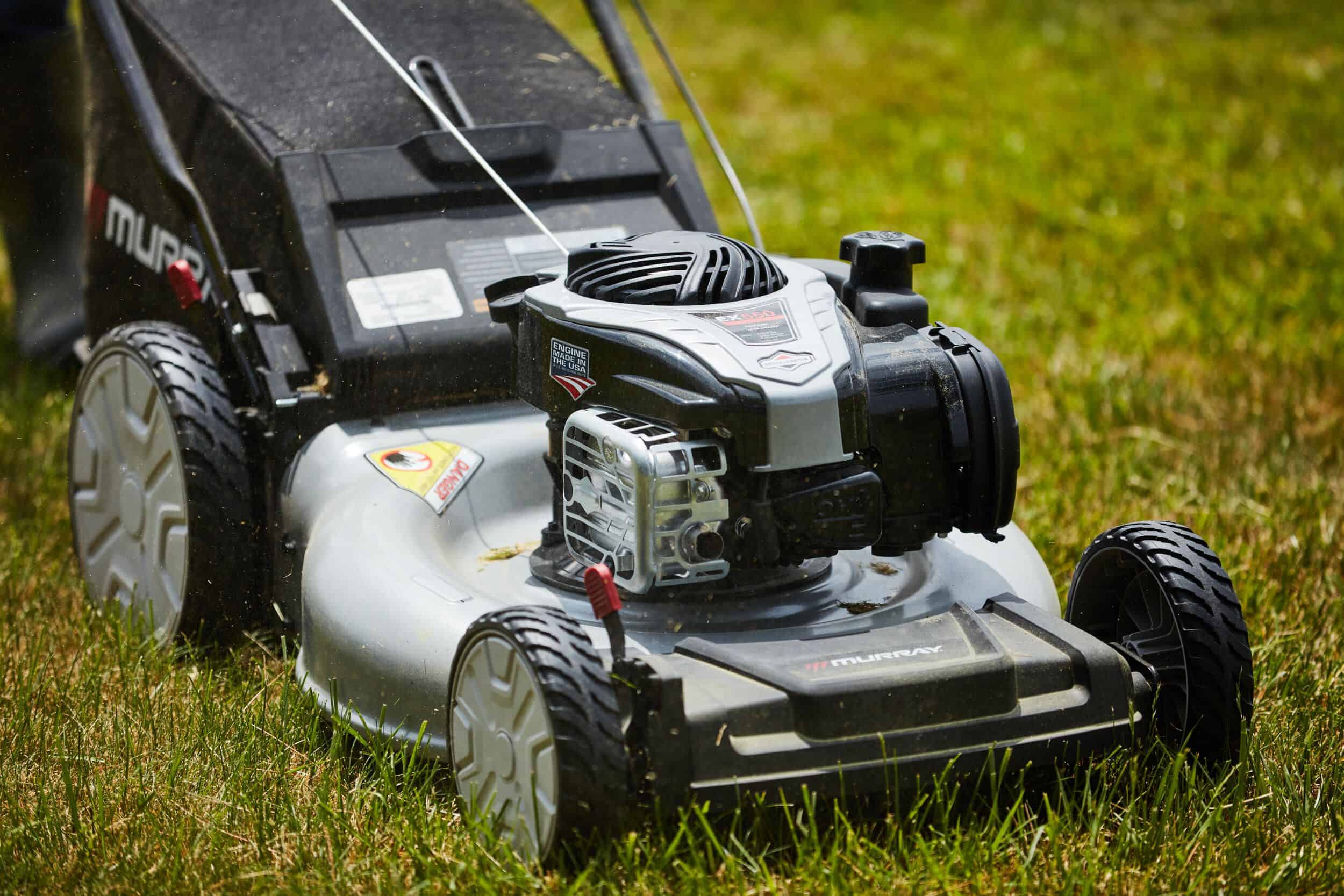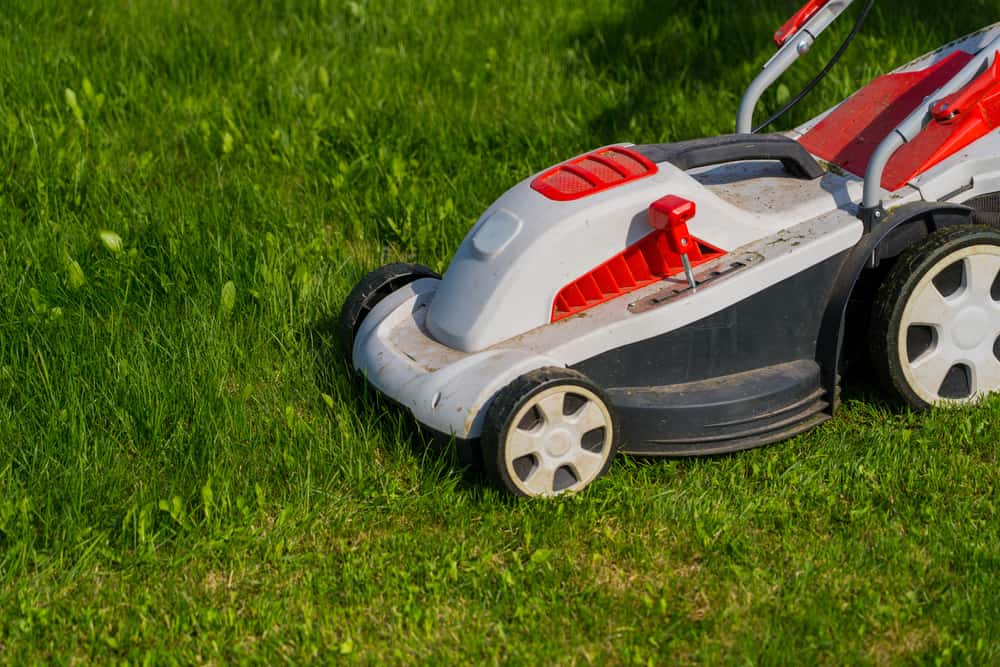Maintaining and charging your lawn mower’s battery is an important part of keeping it running smoothly. No matter the type of riding mower you own, understanding the charging system and how to correctly charge the battery is essential for proper maintenance.
In this blog post, we’ll discuss all the electrical components of a charging system, what tools are needed to complete repairs, and how to safely charge your lawn mower’s battery. We’ll also provide tips on how to store your lawn tractor in the winter months so that when spring arrives you can get back out there and start mowing again!
So let’s dive in and learn more about charging systems for your riding lawn mower!
Table of Contents
Components of a Riding Lawn Mower Charging System
Maintaining and charging your lawn mower’s battery is an important part of keeping it running smoothly. In order to do that, you will want to better understand all the components of a riding lawn mower charging system. Let’s take a closer look at everything included:
- Belt-Driven Alternator: The alternator is a belt-driven device that supplies electrical power to your mower’s charging system and also helps keep the battery charged.
- Diode: A diode acts as a one-way valve, allowing electricity to flow in one direction only, making sure no electricity flows back through the charging circuit to damage other components.
- Rectifier: The rectifier is another device in the electrical system, which is responsible for converting AC current into DC current, so it can be used by other components in your charging system – such as the headlights and the ignition.
- Stator: This component of the charging system consists of several coils, which generate an AC voltage when the engine is running. The AC voltage is then converted into DC voltage so the battery can be charged.
- Solenoid: The solenoid is a switch that controls the charging system. It allows electricity to flow from the alternator to the battery, charging it up and supplying power for other components.
- Starter Motor: This component supplies the initial power to start your lawn mower.
- 12-Volt Battery: This is the main power source for your riding lawn mower. It stores electrical energy, providing power to start the engine and charging the other components in your charging system.
- Ignition Switch: This switch is responsible for activating the charging system when you turn the key. It also supplies power to other components such as the headlights.
Tools Needed to Repair a Charging System
In order to repair your charging system, you’ll need some essential tools. Here are a few items that every homeowner should have:
- Voltmeter – This device helps you check the battery’s voltage and troubleshoot charging systems.
- Gloves – It’s important to wear gloves when dealing with electrical circuits and components to protect yourself from electric shock.
- Safety glasses – Wearing safety glasses will protect your eyes from flying debris or sparks that can be caused by charging the battery.
- Wrench – A wrench is needed to tighten and loosen bolts when replacing charging system components.
- Battery charger – This device is used to charge the lawn mower’s battery.
How to Safely Charge a Lawn Mower Battery
If you suspect something is wrong with your charging system, it’s important to properly diagnose and repair the issue as soon as possible. Here are a few tips on how to do that safely:
- Wear safety glasses and gloves when working around electrical equipment.
- Make sure you’re in a well-ventilated area when charging or repairing your charging system.
- Check all components to see if corrosion is affecting the electrical flow, using a multimeter (and a baking soda solution to remove the corrosion if needed).
- Securely fasten all cables, wires, and bolts according to the instructions given in your manual.
- Replace any worn or damaged components such as the battery cable or charging system fuse.
- Make sure the positive terminal of your battery is connected to the charging device and the negative terminal is connected to the charging device or a ground connection.
- Monitor your charging progress with a multimeter and disconnect the charging device when finished.
- Store your lawn mower in a protected area during the winter months to prevent a dead battery.
Winter Months Tips for Your Lawn Mower Battery

Your charging system plays a crucial role in keeping your lawn mower battery charged during the winter months. Here are a few tips on how to keep your charging system running smoothly and efficiently:
- Inspect all components of the charging system for any signs of corrosion or damage.
- Make sure you’re using the correct charging device for your riding lawn mower’s battery type.
- Clean the battery terminals with baking soda solution to prevent buildup of dirt and debris.
- Ensure that all cables, wires, and plugs are securely fastened before storing your riding lawn mower.
- Replace any worn or damaged parts.
- Clear away any junk or debris from the area where you plan to store your riding lawn mower, so that it can be a well-ventilated area.
- Keep your riding mower’s system clean by using compressed air or a vacuum cleaner to remove dirt and dust before storing it away.
- Have your charging system serviced every two years by a qualified technician to ensure it’s functioning properly.
- Empty the lawn mower of any old gas.
- Store your lawn mower’s battery in a protected spot, such as a garage or shed, during the winter months to prevent damage to the charging system due to extreme temperatures.
Conclusion
By understanding how your charging system works and following these tips, you will be able to keep your lawn tractor running smoothly and safely throughout the year.
Just remember – always consult your owner’s manual for specific instructions on charging your lawn mower’s battery, as well as any how to address any components of the charging system on your riding mower. Make sure you only use a DC voltage charging device and that it has a voltage regulator built in to prevent overcharging. With the right tools, charging a lawn mower battery can be done safely and efficiently.
What issues are you having with your lawn mower’s charging system? Let us know in the comments below!
